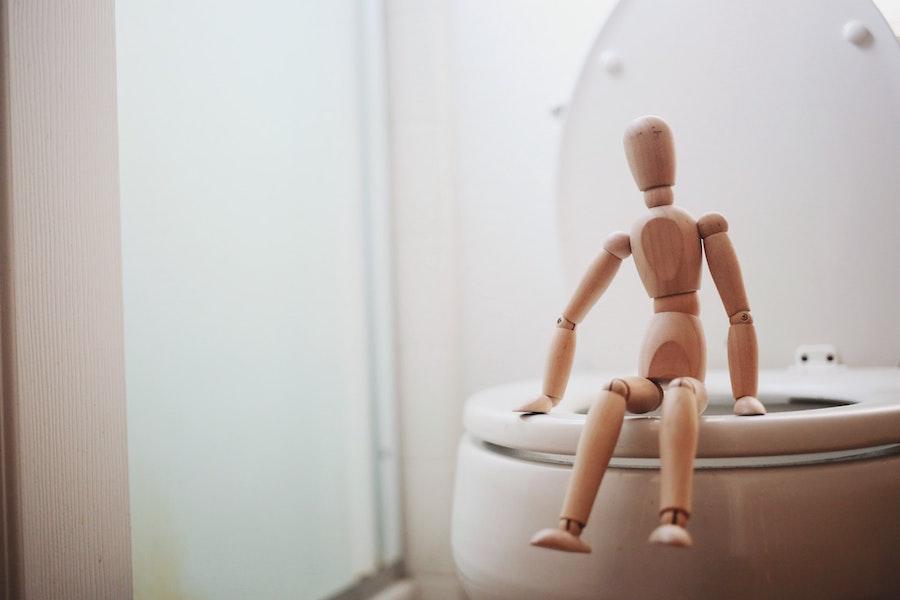This information is not supposed to scare or frighten anyone, but rather to lift a topic that is considered taboo. The issues described in this article are neither common nor rare, and it’s good to know there is available treatments.
Dare to talk about your issues
The first thing you must do is to step outside your comfort zone and explain your issues. Your healthcare provider can help you in such cases. He or she can evaluate your concern and decide if you need to see a specialist. We want to emphasize the fact that you have the right to receive help for this and that your symptoms and issues shall be taken seriously.
Why does this happen?
The Sphincter muscles or the ending muscles of the anal opening are the muscels that keep the faeces inside the digestive system. These are the ones alerting us to go to the toilet when it's time. It can be divided into an inner and an outer muscle. The inner one is uncontrollable while we can control the outer muscle with our will. In addition to these two muscles there are multiples of other muscles aiming to prevent leakage. If any of these muscles are damaged a leakage of gas or feces can occur - which is also called fecal incontinence.
What is fecal incontinence?
Fecal Incontinence is the term for when there is a leakage of gasses or feces. It can negatively affect the quality of life and is not just inconvenient but is also linked to taboo and feeling shame for the one who suffers from it. The risk of getting fecal incontinence increases with age, but somewhere between 2-10% of the population are affected. However, the percentage is likely way higher as this is a difficult subject to talk about and to seek help for.
What can cause fecal incontinence?
One of the main causes for fecal incontinence can be tears or lacerations occurring while giving birth. This results in damage to the Sphincter muscles. If this damage isn’t properly treated or in worst case not even diagnosed, that may increase the risk for fecal incontinence. The risk increases with a large baby, first time pregnancy or severe tears or laceration such as 4th degree. Most pregnant women with 3rd or 4th degree laceration heals and recover very well.
Two types of leakage
There are officially two types of leakage; emergency leakage and passive leakage. During an emergency leakage you feel that the leakage occurs without you having any possibility to prevent it or to get to a toilet in time. During passive leakage you don’t discover the leakage before it already happened. Treatment for fecal incontinence is initiated after heavy diagnosifications and can include exercise as well as medication and surgery. You shall be given an individual analysis and treatment.
Sources:
- Lärobok för barnmorskor. Faxelid, E., m.fl. Studentlitteratur 2001.
- Nilsson IEK, Åkervall S, Molin M, Milsom I, Gyhagen M. Symptoms of fecal incontinence two decades after no, one, or two obstetrical anal sphincter injuries. Am J Obstet Gynecol. 2021 Mar;224(3):276.e1-276.e23. doi: 10.1016/j.ajog.2020.08.051. Epub 2020 Aug 21. PMID: 32835724.
- Lindqvist M, Lindberg I, Nilsson M, Uustal E, Persson M. "Struggling to settle with a damaged body" - A Swedish qualitative study of women's experiences one year after obstetric anal sphincter muscle injury (OASIS) at childbirth. Sex Reprod Healthc. 2019 Mar;19:36-41. doi: 10.1016/j.srhc.2018.11.002. Epub 2018 Nov 20. PMID: 30928133.
